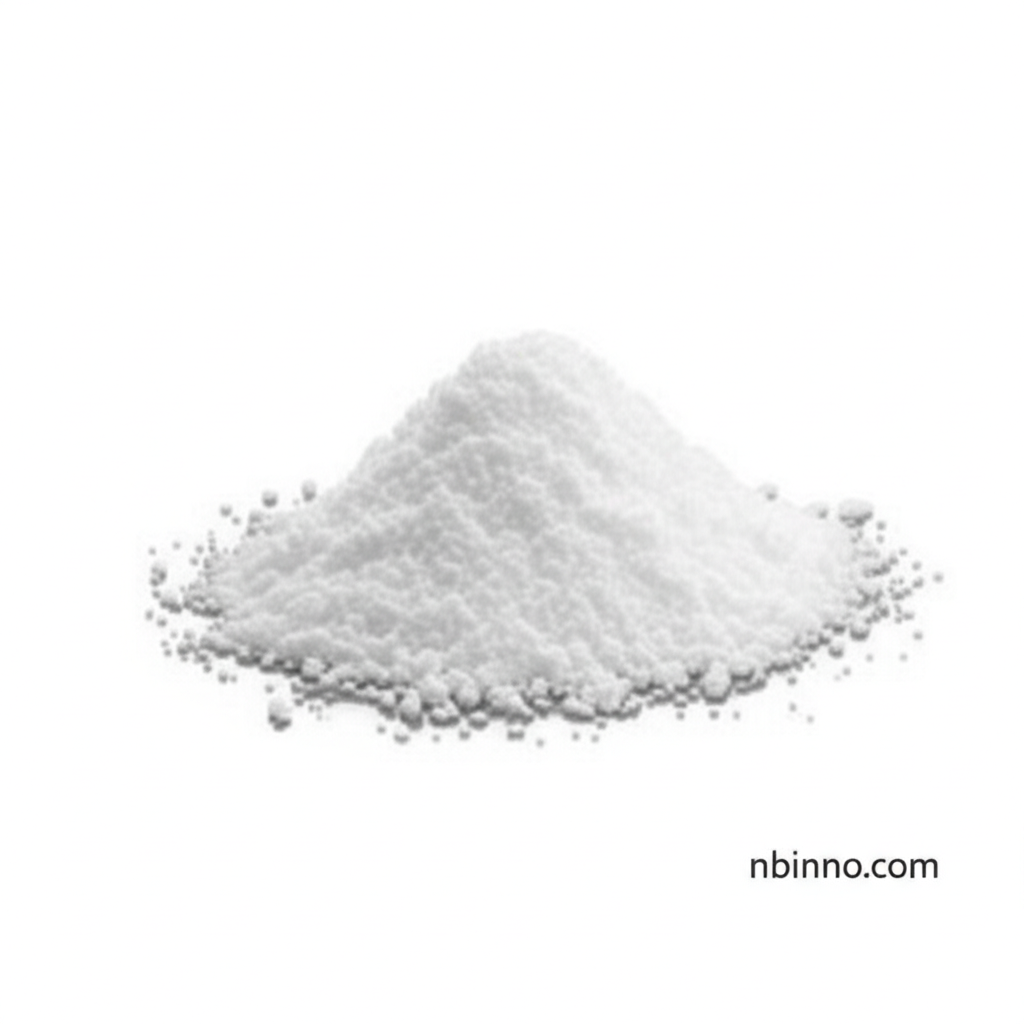5-Aminolevulinic Acid Hydrochloride: A Key Intermediate for Advanced Therapies
Explore the chemical properties and diverse applications of 5-Aminolevulinic Acid Hydrochloride, a crucial compound in pharmaceutical research.
Get a Quote & SampleProduct Core Value

5-Aminolevulinic Acid Hydrochloride
5-Aminolevulinic Acid Hydrochloride (5-ALA HCl) stands as a critical intermediate in the intricate pathway of heme biosynthesis, serving as a universal precursor for tetrapyrroles. Its unique properties as a photosensitizer make it invaluable in advanced therapeutic applications, particularly in dermatological treatments like photodynamic therapy for actinic keratosis. This compound facilitates the accumulation of fluorescent porphyrins within tumor cells, enabling precise intraoperative identification and removal, thereby enhancing treatment efficacy.
- Explore the 5-ALA HCl chemical properties, including its molecular formula C5H9NO3•HCl and molecular weight of 167.59 g/mol, which are essential for precise formulation and application.
- Discover how 5-Aminolevulinic Acid Hydrochloride is used in photodynamic therapy, where its photosensitizing abilities are leveraged to selectively destroy abnormal cells under specific light wavelengths.
- Learn about the 5-Aminolevulinic Acid Hydrochloride suppliers and manufacturers who ensure high purity (>97% HPLC), crucial for reliable research and pharmaceutical development.
- Understand the significance of 5-ALA HCl in heme biosynthesis, a fundamental biological process with broad implications for various physiological functions and disease states.
Key Advantages of 5-ALA HCl
Therapeutic Efficacy
The targeted accumulation of fluorescent porphyrins in tumor cells, a key characteristic of 5-ALA HCl, significantly enhances the effectiveness of treatments like photodynamic therapy, leading to improved patient outcomes.
Research Versatility
As a well-characterized pharmaceutical intermediate, 5-ALA HCl is indispensable for researchers exploring cellular metabolism, heme synthesis, and novel therapeutic strategies.
Purity and Quality Assurance
Sourced from reputable 5-Aminolevulinic Acid Hydrochloride suppliers, the compound typically boasts high purity levels, ensuring consistent and reliable results in scientific experiments and pharmaceutical manufacturing.
Key Applications
Photodynamic Therapy (PDT)
Utilized as a photosensitizing agent, 5-ALA HCl is critical for photodynamic therapy, particularly in treating skin conditions like actinic keratosis by selectively destroying abnormal cells.
Pharmaceutical Intermediate
Serves as a fundamental building block in the synthesis of various pharmaceutical compounds, supporting drug development and manufacturing processes.
Biochemical Research
Essential for studies investigating heme biosynthesis pathways, cellular energy metabolism, and the role of tetrapyrroles in biological systems.
Antineoplastic Agent Research
Its potential as an antineoplastic agent is being explored, with ongoing research into its mechanisms for inhibiting cancer cell growth and proliferation.
